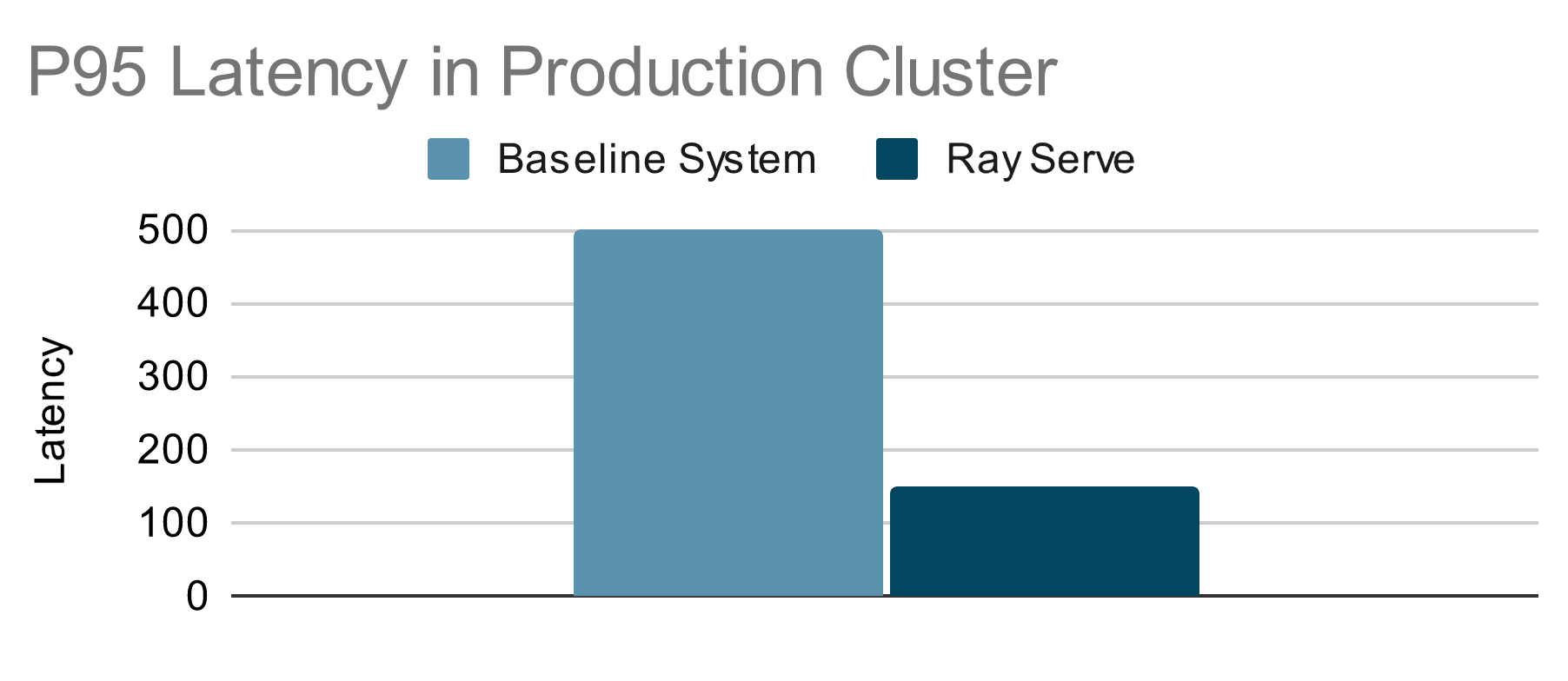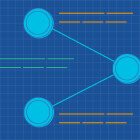Why Third Generation ML Platforms are More Performant
In a previous blog post, we defined a "3rd generation ML platform" as one that offered full programmability for ML workflows. Key to a 3rd generation platform is the concept of a programmable compute layer. In this blog, we report on emerging patterns of distributed compute we see in advanced ML platform workloads. We show how Ray, a leading programmable compute layer, improves performance by 3-9x in relevant production workloads.
 A "2nd generation" (left) vs "3rd generation" (right) ML platform. Light-blue boxes represent clusters, and light-purple represents libraries. The 3rd generation platform eliminates cluster compute silos and improves performance and programmability.
A "2nd generation" (left) vs "3rd generation" (right) ML platform. Light-blue boxes represent clusters, and light-purple represents libraries. The 3rd generation platform eliminates cluster compute silos and improves performance and programmability.LinkPerformance Overheads in Second Generation Platforms
Distributed ML workflows are typically composed from a few types of compute patterns: collective (i.e., a set of processes communicating with each other like in distributed SGD), chaining (i.e., a sequential workflow of tasks run one after the other), and nesting (i.e., tasks that kick off other tasks, commonly seen in hyperparameter tuning):

In first generation platforms, ML workflows were implemented as custom-built systems optimized for a specific workflow. In second generation platforms, flexibility was achieved by relying on workflow orchestrators to provide chaining and nesting, gluing together separate systems that internally implement high-optimized collective operations. The following figure illustrates a 2nd generation distributed ML platform. Each step is run as a separate cluster by a workflow orchestrator (e.g., FBLearner Flow, SageMaker Steps, Metaflow, KubeFlow):
 A "2nd generation" distributed ML platform. A workflow orchestrator is needed to connect components implemented as separate distributed systems, limiting the programmability--- and performance--- of the platform.
A "2nd generation" distributed ML platform. A workflow orchestrator is needed to connect components implemented as separate distributed systems, limiting the programmability--- and performance--- of the platform.However, this 2nd generation architecture imposes performance overheads and limits programmability. This is due to:
Scheduling overheads. These platforms rely on separately scheduled VMs or containers per step to distribute the workload. Each step may launch its own distributed framework (e.g., Spark or Distributed PyTorch). This leads to several seconds to minutes of scheduling overhead per step, and prevents optimizations like pipelining.
Data movement overheads. The overhead between steps can be reduced substantially if data is kept in memory between steps when possible and not materialized to storage.
Programmability overheads. Expressing fine-grained nesting or pipelining can require substantial changes to distributed systems code that are rarely accessible to end-users of existing ML platforms.
LinkChaining and Nesting can be Performance Bottlenecks
In many cases, chaining and nesting are not performance bottlenecks. This is because the data transferred is small, or scheduling overhead is small compared to execution time. However, there are a growing number of scenarios where bottlenecks do arise. Here we overview several use cases that benefit from optimized chaining and nesting.
LinkThird Generation Platforms Accelerate Chaining and Nesting
A third generation ML platform eliminates the above performance bottlenecks. Users and builders of third generation platforms are able to:
Implement chaining and nesting of distributed steps with minimal scheduling and data movement overheads.
Programmatically author ML workflows, weaving together steps like ingest, transform, and training without needing to wrangle separate distributed systems.
This is possible with the use of a programmable compute layer such as Ray, which can serve as a replacement to (or accelerator for) workflow orchestrators. In a 3rd gen platform, distributed logic such as data processing is implemented as libraries within the compute layer:
 A "3rd generation" distributed ML platform. The programmable compute layer allows distributed steps to be tightly woven together in code, eliminating the overheads of separate clusters.
A "3rd generation" distributed ML platform. The programmable compute layer allows distributed steps to be tightly woven together in code, eliminating the overheads of separate clusters.LinkBenchmarks
In this section we highlight some of the performance gains users have seen by leveraging Ray's support for efficient chaining and nesting of computations:
LinkUber: Shuffled ML Ingest Pipeline
In a previous blog post, Uber introduced how they were leveraging Ray for elastic scheduling and training with Horovod. In a follow-up project, another team is using Ray's Dataset Pipeline to implement shuffled ML ingest, where data is globally shuffled across cluster CPU workers per iteration of GPU training. Here we analyze the importance of pipelining and in-memory data exchange. We ran a training workload reading 500GB of data on a cluster of 70 CPU nodes and 16 GPU nodes, and find ingest throughput is 3x higher with the pipelining and in-memory data exchange enabled by Ray:

LinkWildlife Studios: Chained Model Pipelines
Mobile gaming giant Wildlife Studios’ legacy system for serving revenue-generating in-game offers was not scaling to meet their latency and cost requirements. After switching to Ray Serve, their Dynamic Offers team was able to serve offers three times faster. The Ray Serve architecture provided support for parallel inference on multiple models in a pipeline, decreasing latency and minimizing idle machines:

LinkAnastasia.ai: Nested Model Evaluation
Anastasia provides a powerful platform that enables organizations to operate AI capacities at scale with a fraction of the resources and effort traditionally required. They were able to accelerate a demand prediction problem using Ray Tune, and got up to 9x performance gains due to fine-grained re-use of resources compared to a coarse grained orchestrator:

LinkConclusion
In this blog, we showed how a programmable compute layer such as Ray can provide 3-9x performance improvements for production ML workloads, eliminating bottlenecks found in 2nd generation production architectures. This is in addition to the productivity and operational benefits of having a programmable architecture.
As a final note, the ideas presented here apply generally to distributed programming as well as to ML workloads. If you're interested in the performance and programmability of ML applications and distributed computing, check out the Ray project and consider joining us.

